 Ed. Note—As the height of the holiday season approaches, we think about indoor activities, and a tea party fits the bill. Author Ken Florey has plenty to say about suffrage tea service memorabilia. Here’s another of Ken’s selections.
Ed. Note—As the height of the holiday season approaches, we think about indoor activities, and a tea party fits the bill. Author Ken Florey has plenty to say about suffrage tea service memorabilia. Here’s another of Ken’s selections.
by Kenneth Florey
English suffrage activist Sylvia Pankhurst was responsible for the design of several tea sets. One, commissioned by the WSPU from the Diamond China Company for their refreshment stall at the Scottish WSPU Exhibition in Glasgow in 1910, was also available for sale after the event. Here Pankhurst’s angel with clarion was now facing right. A thistle, the national flower, was included in the image. A third set, probably also attributable to her and certainly the rarest of all English suffrage tea china, pictured the image taken from the Holloway Prison Badge that was given to all WSPU martyrs for the cause.
The prison gate was drawn in green, and the prison arrow, which all suffrage prisoners were forced to wear on their dresses, was in dark purple. The Women’s Freedom League, the militant but non-violent organization that broke away from the WSPU over policy differences, also produced china that probably consisted in part of teacups and saucers, but no independently produced full tea services are known.
One of the first suffrage “collectibles,” a piece that was made for display only and had no utilitarian value at all, was a silver commemorative spoon that was designed by Millie Burns Logan of Rochester, New York in 1891. It featured a bust of Susan B. Anthony at the tip of the handle, her name, and the words “Political Equality.” While there are about five different types of spoons known in this design, including a walnut spoon,” at least two are associated only with tea, including a small demitasse variety as well as a full teaspoon. Logan’s mother was Anthony’s cousin, and the spoons were probably sold as a fundraiser and not for personal profit. Other commemorative silver teaspoons were later produced, including one ordered by NAWSA for their convention in 1912.
NAWSA, as well as other suffrage groups, also sold special “Votes for Women” paper napkins, which, although theoretically could be used with any type of meal or refreshment, probably were quite popular at suffrage tea parties. Certainly, not all suffrage “tea events” necessarily involved special tea or “Votes for Women” cups, saucers, and napkins. However, enough of them did, in part to encourage the sale of such suffrage artifacts, and in part to reinforce the message of the day. If one were not encouraged sufficiently by a speaker to contribute to the cause, either through money or through work, perhaps the very tea cup that one was drinking from reinforced the compelling message of the movement.++
Kenneth Florey’s web site.
Follow us on Facebook and Twitter. Quarterly newsletters just by signing up. Stay up to date with audio podcasts and videos. Celebrate women’s freedom to vote. Suffrage Wagon News Channel has been blogging since 2009.
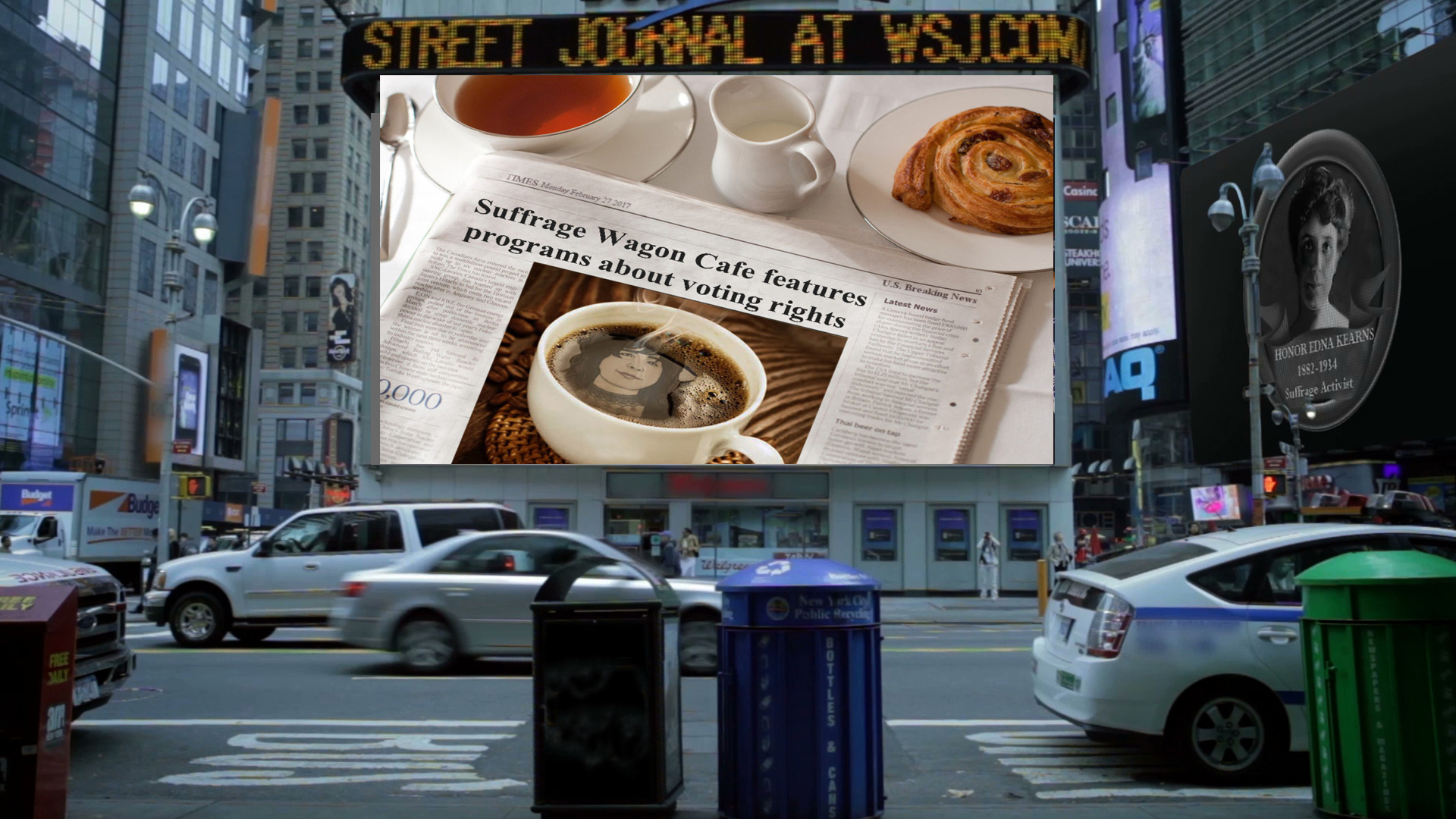
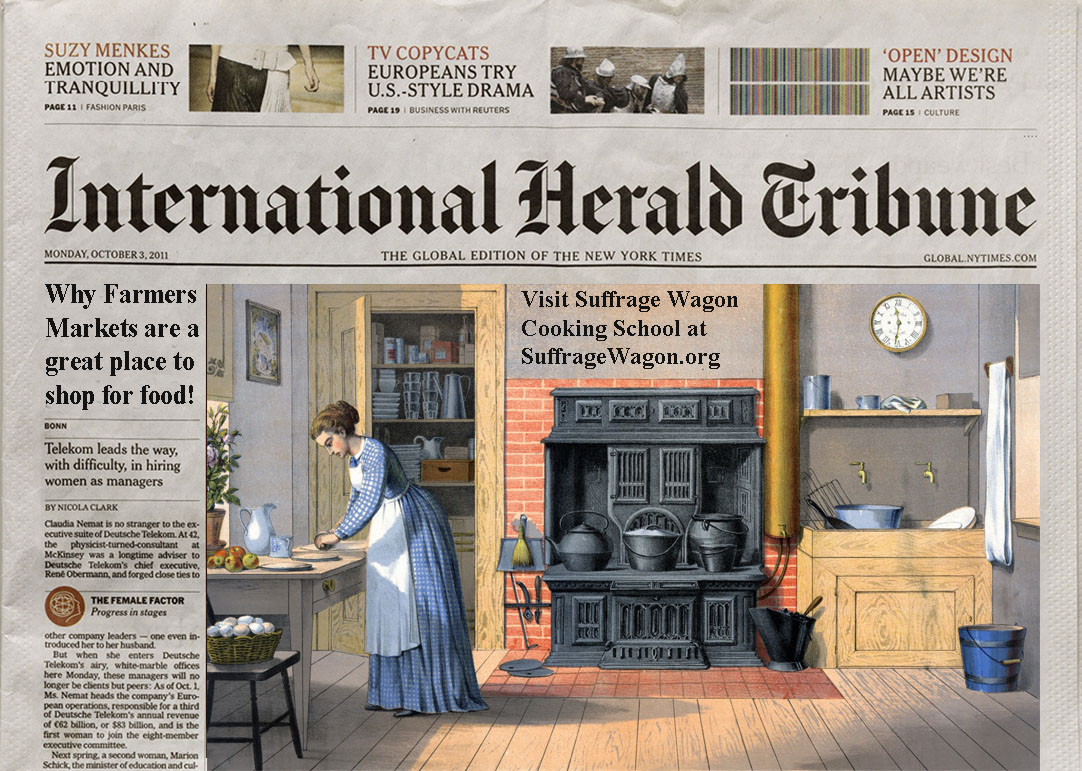
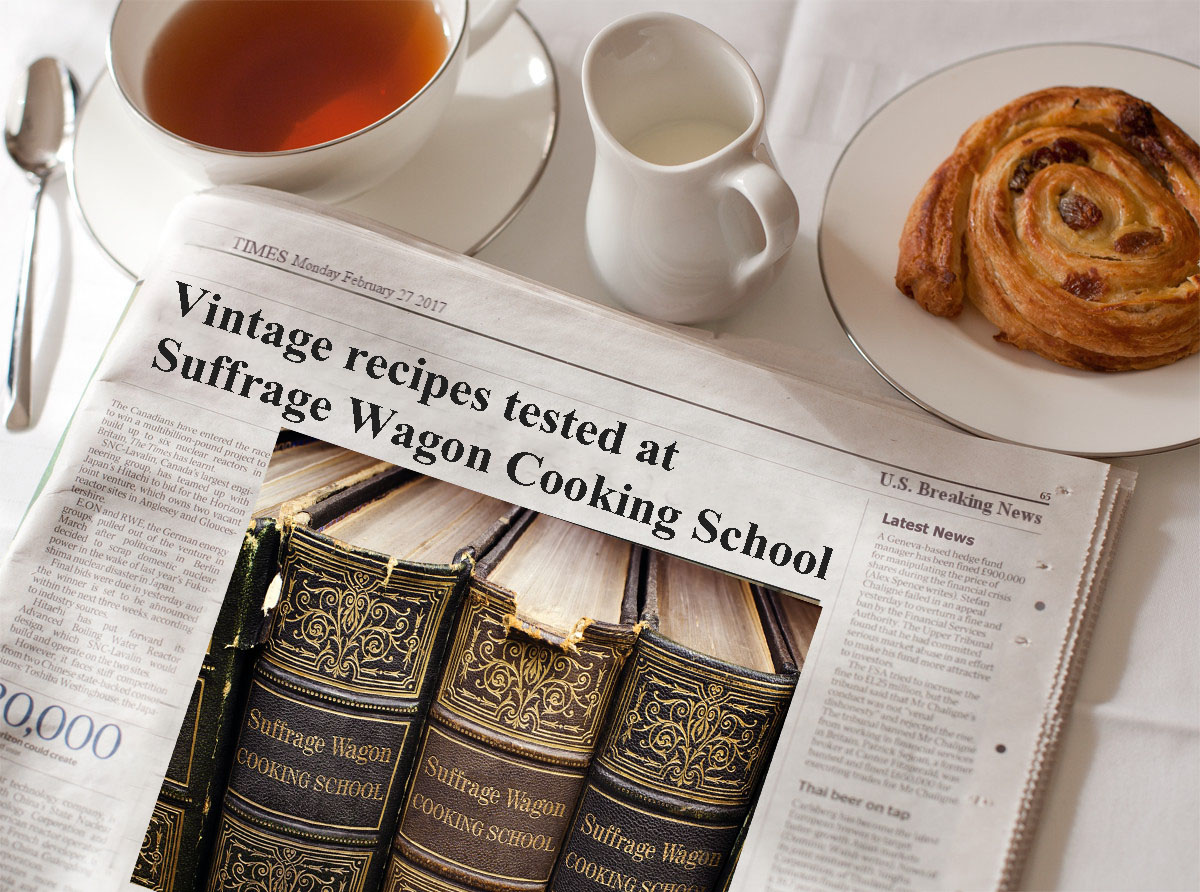
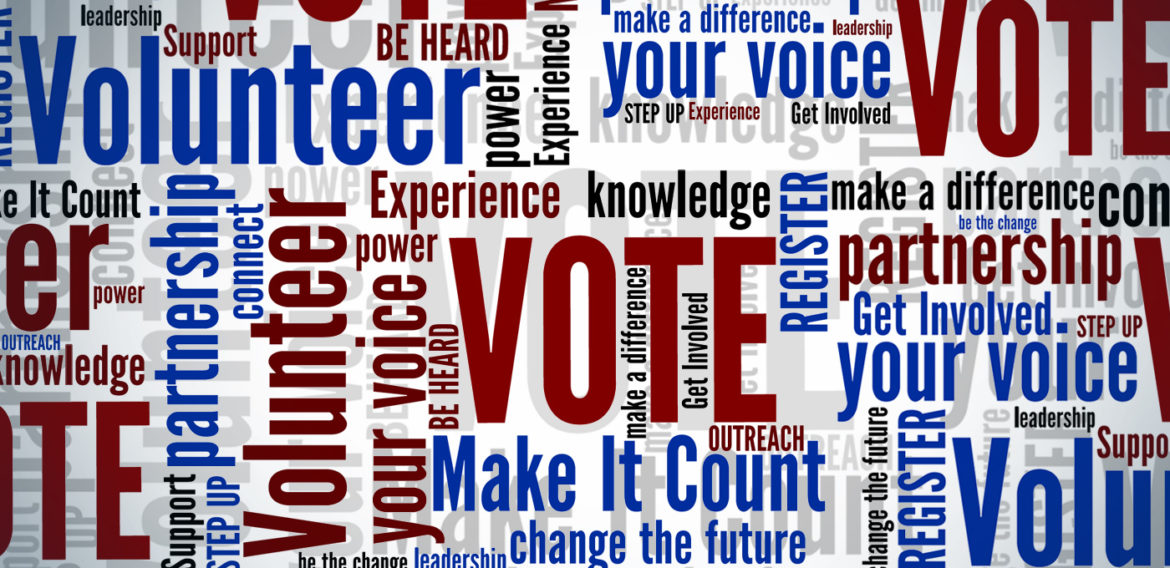
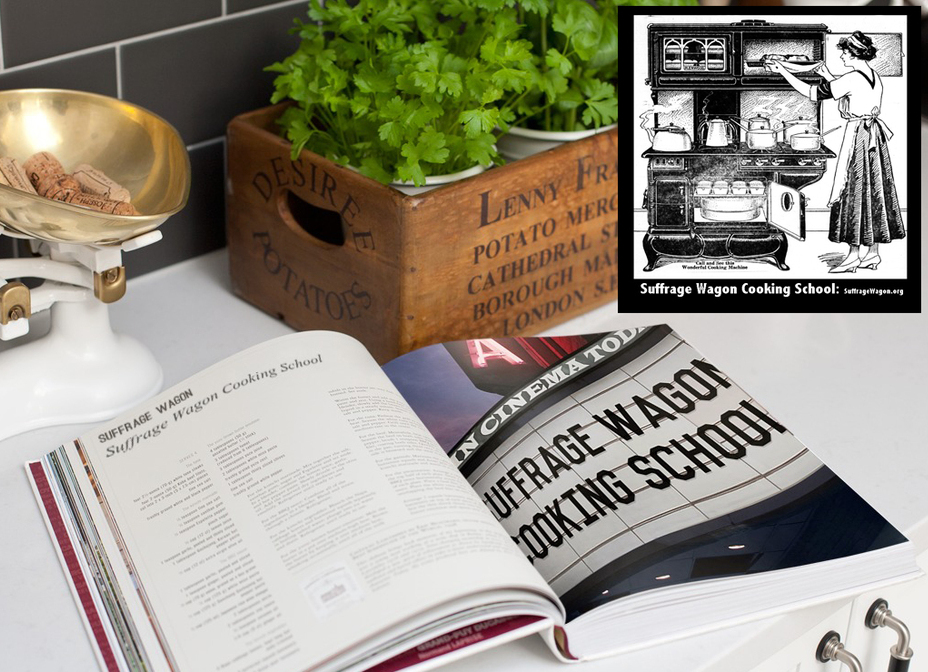
6 Responses
This is something I would like to see, but I live too far away. That’s why I love the videos and the pictures.
When are we going to apply the same standards to men that we apply to women? Let’s raise the level of conversation.
I am wondering if leaving praise for you is better written in this comment box or added to the link at the top of the home page. Let me know.
Kenneth Florey is a great writer and very generous with his collections and knowledge.
I loved Ken Florey’s books on the women’s suffrage movement. I like his web site, and appreciate his longer articles on Suffrage Wagon News.
This should be in the New York State education curriculum. I wonder if it is in the state plans.